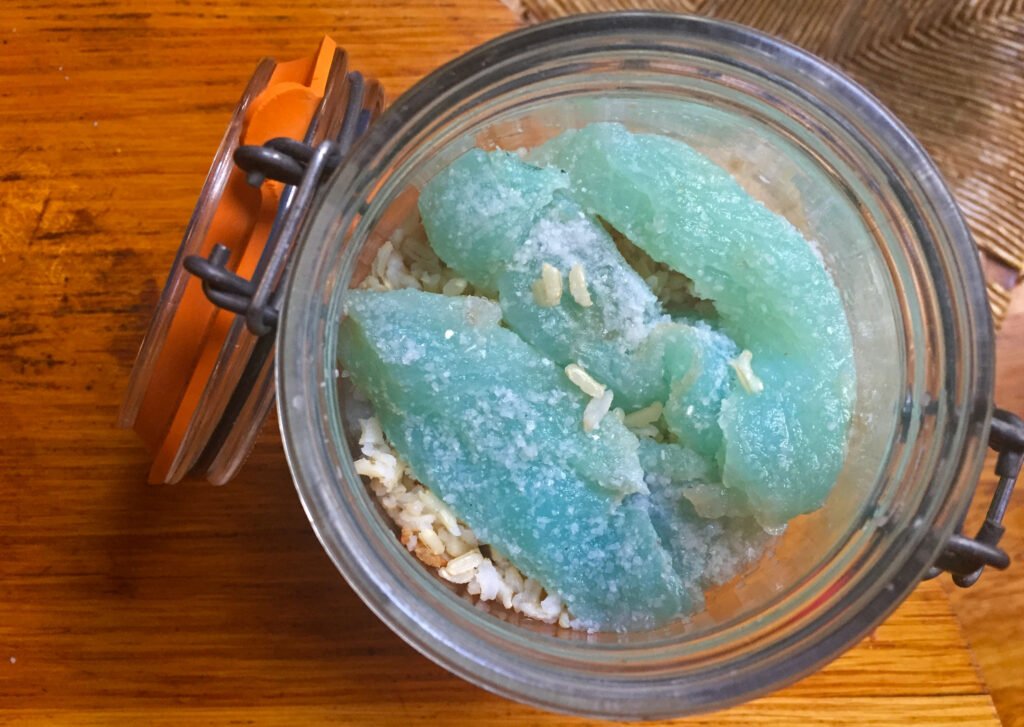Preserving salmon fish using fermentation is a traditional method that not only extends the shelf life of the fish but also enhances its flavors and nutritional value. Here’s a detailed guide on how to preserve salmon fish using fermentation, covering the benefits, methods, and tips for success.
Understanding Fermentation
Fermentation is a natural process that uses microorganisms like bacteria and yeast to convert sugars into acids, gases, or alcohol. This process not only preserves food but also adds unique flavors and textures. When you preserve salmon fish using fermentation, you create a product that can be enjoyed for months and that boasts enhanced probiotics and nutrients.

How to Preserve Salmon Fish Using Fermentation
Benefits of Fermenting Salmon Fish
Fermenting salmon fish has several benefits. It extends the shelf life of the fish, making it a practical preservation method. Fermentation also enhances the nutritional profile of the salmon, adding beneficial probiotics that support gut health. Additionally, the process creates complex, savoury flavors that are highly prized in many culinary traditions.
Selecting and Preparing the Salmon
To preserve salmon fish using fermentation, start with fresh, high-quality salmon. Clean the fish thoroughly, removing any scales, bones, and guts. Rinse the salmon under cold water and pat it dry with paper towels. Cut the fish into manageable pieces, such as fillets or steaks, to ensure even fermentation.
Salting the Salmon
Salting is a crucial step in the fermentation process. Generously coat the salmon pieces with coarse sea salt, ensuring all surfaces are covered. The salt draws out moisture from the fish, creating an environment that is conducive to fermentation while inhibiting the growth of harmful bacteria. Let the salted salmon sit in a cool place for several hours or overnight to allow the salt to penetrate the flesh.
Preparing the Fermentation Brine
Prepare a brine solution by dissolving sea salt in water. The concentration of the brine can vary, but a common ratio is 3-5% salt by weight. This brine will serve as the fermenting medium for the salmon fish. You can also add flavouring agents like garlic, dill, or bay leaves to the brine to enhance the taste of the fermented salmon.
Fermenting the Salmon
Place the salted salmon pieces in a clean, non-reactive container, such as a glass jar or a food-grade plastic bucket. Pour the brine over the salmon, ensuring that the fish is completely submerged. Weigh down the salmon with a clean, heavy object to keep it submerged. Cover the container with a cloth or lid, allowing gases to escape while preventing contaminants from entering.
Store the container in a cool, dark place with a consistent temperature. The fermentation process can take anywhere from several days to a few weeks, depending on the ambient temperature and your taste preferences. Check the salmon periodically, ensuring it remains submerged and monitoring the development of flavours.
Storing and Enjoying Fermented Salmon
Once the salmon has reached the desired level of fermentation, transfer it to the refrigerator to slow down the fermentation process. The fermented salmon can be stored in the fridge for several months. Enjoy it as a savoury addition to meals, paired with bread, cheese, or vegetables. Fermented salmon can also be used in recipes that call for smoked or cured fish, adding a unique depth of flavour.
Conclusion
Preserving salmon fish using fermentation is a rewarding process that yields a delicious and nutritious product. By understanding the steps involved—selecting fresh salmon, salting, preparing the brine, fermenting, and storing—you can successfully preserve salmon fish using fermentation. This method not only extends the shelf life of the fish but also enhances its flavors and nutritional benefits. Enjoy the rich, savoury taste of fermented salmon as part of your culinary repertoire. Happy fermenting!




